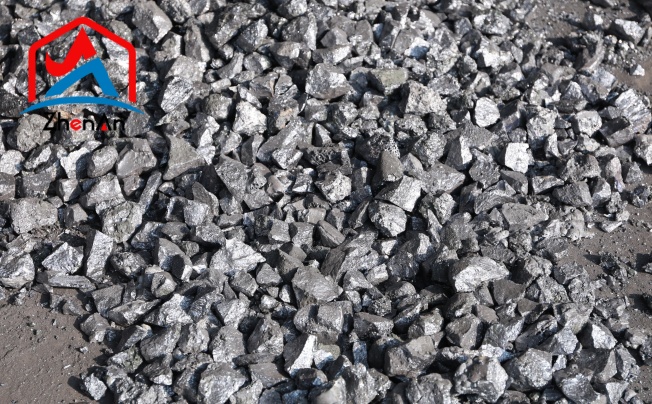Definition and Characteristics of Solid Wire Welding
Solid wire welding, also known as gas metal arc welding (GMAW), is a process that involves feeding a solid electrode wire through a welding gun, which is then melted to form the weld. This method uses an external shielding gas, such as argon or CO2, to protect the weld pool from atmospheric contamination.
Solid wire welding is commonly used in industrial applications due to its versatility and precision. The solid wire itself is typically made of mild steel, stainless steel, or aluminium, depending on the requirements of the project.
Solid wire welding offers several key characteristics that make it a preferred choice for many welders. The process provides excellent control over the weld pool due to the precise heat input and deposition rates achievable with solid wire electrodes.
Additionally, solid wire welding produces clean and spatter-free welds compared to other methods like flux core welding. The use of external shielding gas in solid wire welding results in high-quality, aesthetically pleasing welds with minimal post-weld cleanup required.
Advantages and Disadvantages of Using Solid Wire in Welding
One of the primary advantages of using solid wire in welding is its superior arc stability and control, making it ideal for intricate projects that require precision. Solid wire electrodes also produce less smoke and fumes compared to flux core wires, creating a safer working environment for welders. Additionally, solid wire welding tends to result in higher deposition rates and better overall penetration into the base metal.
However, there are some drawbacks to using solid wire in welding as well. One significant disadvantage is that this method requires an external shielding gas source, adding an extra component to consider during setup and operation.
Furthermore, solid wire welding may be less suitable for outdoor or windy conditions where maintaining proper shielding gas coverage can be challenging. Additionally, using solid wire electrodes can lead to increased costs due to the need to purchase shielding gas cylinders.
The Wire Dilemma: Solid vs. Flux Core Wire
When it comes to selecting the appropriate wire for your welding projects, understanding the differences between solid wire and flux core wire is crucial. Solid wire welding involves using a solid electrode wire without any flux coating. This method relies on an external shielding gas to safeguard the weld pool from oxidation and contamination during the welding process. On the other hand, flux core wire contains a core filled with flux materials that provide a built-in shielding effect when melted. This eliminates the need for an external shielding gas, making flux core welding more suitable for outdoor or windy conditions where gas coverage may be compromised. In comparing solid wire with flux core wire, several factors come into play, including ease of use, cost-effectiveness, weld quality, and application suitability.
While solid wire welding offers precise control over the shielding gas flow rate and is ideal for thin materials or automotive repairs requiring detailed workmanship, it can be less forgiving in windy conditions due to its dependence on external gas protection. Conversely, flux core welding excels in outdoor environments due to its self-shielding nature but may produce more slag residues that require post-weld cleaning. Understanding these distinctions is paramount when considering whether it is feasible to use solid wire in a flux core welder—a query that warrants further exploration in this comprehensive discourse on welding methodology.
Can You Use Solid Wire in a Flux Core Welder?
Compatibility Issues Between Solid Wire and Flux Core Welders
When considering using solid wire in a flux core welder, it's crucial to understand the compatibility issues that may arise. Solid wire is typically designed for use with gas shielding, whereas flux core welding relies on a flux material within the wire to provide shielding. This difference in shielding mechanisms can lead to challenges when using solid wire in a flux core welder, as the absence of gas shielding can affect the quality and integrity of the weld.
Potential Risks and Challenges When Using Solid Wire in a Flux Core Welder
One of the main risks associated with using solid wire in a flux core welder is poor weld quality due to inadequate shielding. Without proper gas shielding, the weld may be more prone to defects such as porosity, lack of fusion, or excessive spatter. Additionally, using solid wire in a flux core welder may result in increased cleanup time and post-weld finishing work due to the presence of slag created by the flux material.
Tips for Successfully Using Solid Wire with a Flux Core Welder
To overcome compatibility issues and minimize risks when using solid wire in a flux core welder, there are several tips to keep in mind. Firstly, it's essential to select solid wires specifically formulated for use without gas shielding or with self-shielding capabilities.
Additionally, adjusting welding parameters such as voltage, amperage, and travel speed can help optimize performance when using solid wire with a flux core welder. Conducting thorough pre-weld preparations and ensuring proper joint fit-up can contribute to achieving successful results when utilizing solid wire in conjunction with a flux core welding process.






